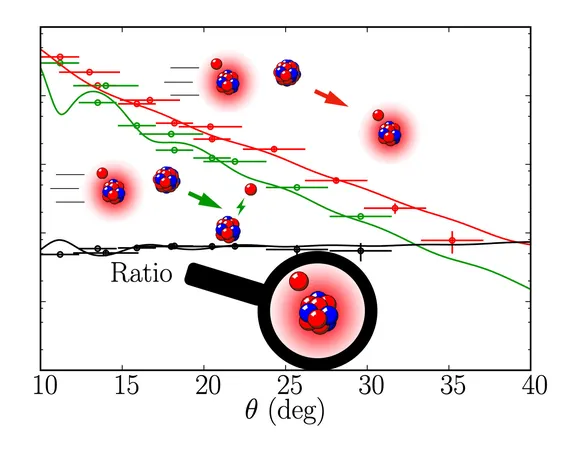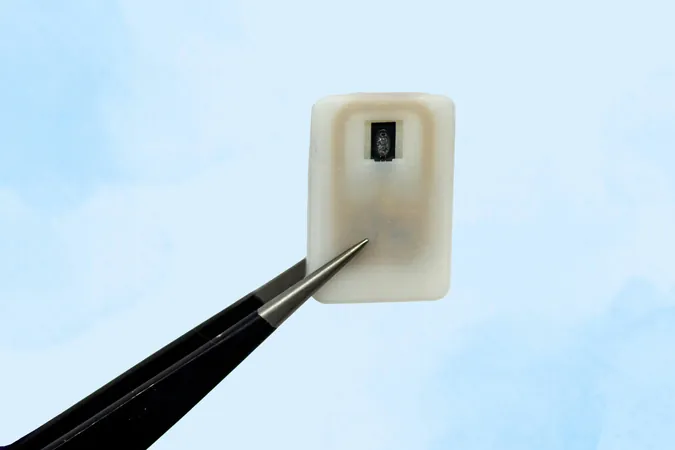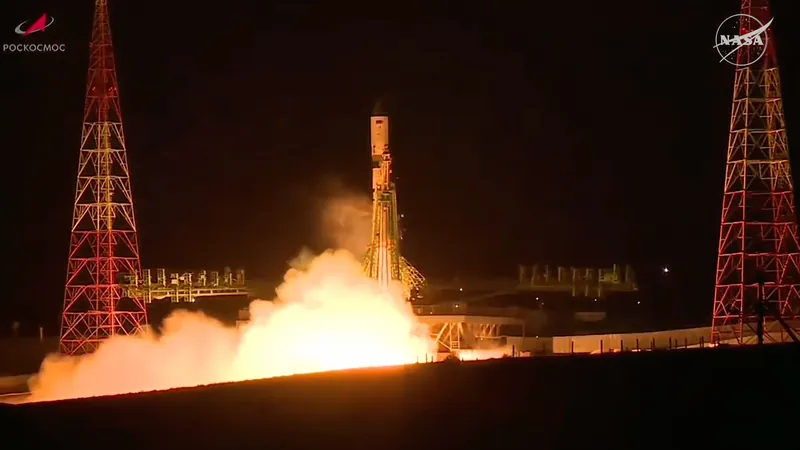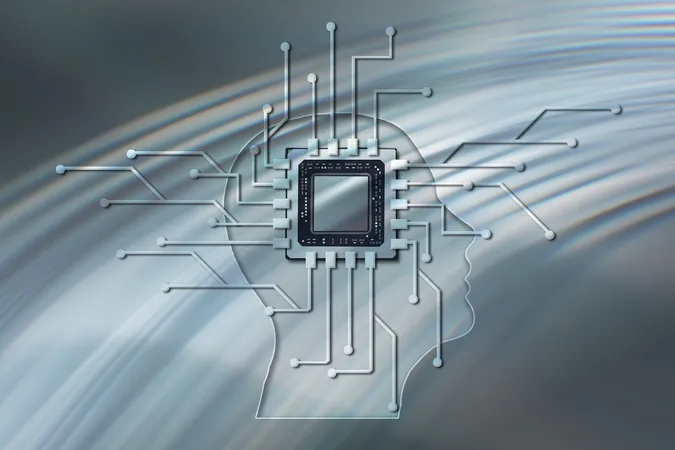
Revolutionary Breakthrough: Physicists Unveil Groundbreaking Method for Studying Halo Nuclei
2025-06-17
Author: Rajesh
The Fusion of Theory and Experimentation in Nuclear Physics!
In a stunning advancement for the field of nuclear physics, a collaborative team from Johannes Gutenberg University Mainz, Texas A&M University, and prestigious institutions in the UK and USA has successfully validated a cutting-edge approach known as the ratio method. This pivotal discovery shines a light on the study of atomic nuclei, particularly the elusive and unstable halo nuclei, marking a significant milestone in experimental physics.
Unlocking the Mysteries of Halo Nuclei!
Halo nuclei, such as the intriguing beryllium-11, possess unique characteristics that differentiate them from traditional atomic nuclei. They are substantially larger due to a peculiar arrangement where one or two neutrons detach from the core, creating a diffuse halo. However, these fascinating structures come at a cost: their exceptionally brief existence, with beryllium-11 having an alarmingly short half-life of just 13 seconds!
Introducing the Ratio Method!
To probe these enigmatic halo nuclei, researchers conduct high-energy collisions, capturing the aftermath to glean insights into their structure. Yet, isolating the data from experimental distortions has posed a significant challenge—until now. The innovative ratio method developed in 2011 by theorists Pierre Capel and his colleagues revolutionizes this process by allowing scientists to derive crucial information about halo nuclei using scattering and breakup cross sections, effectively filtering out unwanted influences.
Pioneering Experimental Evidence!
At Texas A&M University, the team harnessed a particle accelerator to create beryllium-11 and colliding it with stable carbon-12 nuclei. This groundbreaking experiment yielded promising results, as the scattering and breakup cross sections exhibited remarkably similar traits, confirming that their ratio remains unaffected by the interaction, thus validating the ratio method.
What's Next? The Exciting Future of Nuclear Research!
But the researchers aren’t stopping here! They plan to turn their attention to carbon-19, another captivating halo nucleus. With high hopes for improved precision, this upcoming investigation aims to unveil the separation energy of carbon-19, potentially offering fresh insights into its halo structure. Stay tuned—this exciting journey into the depths of nuclear structure is just beginning!





 Brasil (PT)
Brasil (PT)
 Canada (EN)
Canada (EN)
 Chile (ES)
Chile (ES)
 Česko (CS)
Česko (CS)
 대한민국 (KO)
대한민국 (KO)
 España (ES)
España (ES)
 France (FR)
France (FR)
 Hong Kong (EN)
Hong Kong (EN)
 Italia (IT)
Italia (IT)
 日本 (JA)
日本 (JA)
 Magyarország (HU)
Magyarország (HU)
 Norge (NO)
Norge (NO)
 Polska (PL)
Polska (PL)
 Schweiz (DE)
Schweiz (DE)
 Singapore (EN)
Singapore (EN)
 Sverige (SV)
Sverige (SV)
 Suomi (FI)
Suomi (FI)
 Türkiye (TR)
Türkiye (TR)
 الإمارات العربية المتحدة (AR)
الإمارات العربية المتحدة (AR)